I am writing a lot about the electrification of automobiles because I think the subject is not very well understood. It is complicated and not easy to compress into simple generalizations. Also, personal transportation has become heavily politicized which isn’t helping with the dissemination of useful information.
I think we should change the message for EV adoption from,
“You should drive an EV to help save the planet.”
To something like,
“Fossil fuels are a finite resource and we shouldn’t waste them. Use electricity to power your vehicle where you can because the electric motor is more efficient at converting energy - wherever it comes from - into forward motion than an Internal Combustion Engine. Save liquid fuel for when you need it.”
This values liquid fuel and the people who make a living extracting it, and may help to stop some of the backlash against EVs.
We are going to need liquid fuels in Canada for a very long time. A Battery Electric Vehicle (BEV) is a brilliant choice for city driving, and going city to city (if you have a Tesla), but not for exploring less populated areas of the country. A hybrid is a good solution for those in rural areas or for those who need one vehicle to do everything. Hybrids use electricity when they can and liquid fuel when they need to.
A Hybrid can refer to a wide range of gas/electric drivetrains, with considerable differences in cost and complexity. Some Hybrids don’t improve fuel efficiency at all. Others can reduce consumption by as much as 30%. Plug In Electric Hybrids (PHEVs) can offer 70km or more of electric only range.
The current Zero Emission Vehicle (ZEV) legislation that is proposed for 2035 includes PHEVs with a range of greater than 80km in the definition of a ZEV. To be clear, there is no legislation in Canada that will force people to buy a Battery Electric Vehicle (BEV) if they don’t want to buy one. You might not be able to buy an ICE vehicle without some form of electrification, but this isn’t a bad thing in my opinion.
When you ride your bicycle, you don’t need to pedal the entire time - a substantial portion of your journey is coasting or braking. A vehicle’s engine doesn’t need to be on all the time either - except when the engine has to provide vacuum for the power brakes, hydraulic pressure for the steering and has to turn the AC compressor. If you electrify these components and add a larger battery and generator, the engine can turn off when it isn’t needed.
When you stop an ICE vehicle you convert the kinetic energy of the vehicle into heat by wearing out the brakes. There is a better way to stop the car. If you place an electric motor/generator unit (MGU) in the drivetrain the kinetic energy can be converted into electricity which can then be used to run the ancillary components that would otherwise be driven off the engine.
Fitted to a truck, the MGU could function as an auxiliary brake which would be useful when descending a steep hill with a heavy load. When I am pulling my 7,500lb travel trailer I am simultaneously worried about overheating the brakes on the long descents and having enough electricity to keep the fridge running while camping. An MGU in the drivetrain could solve both problems. An MGU integrated into the trailer axle could replace the trailer brakes and allow the trailer to be maneuvered without being attached to anything.
A simple version of an automotive Hybrid application sees the alternator being replaced with a small MGU running off the front of the engine with a reinforced belt. The MGU can provide a limited amount of assistance to the crankshaft for acceleration and recoup some energy during deceleration. The MGU can turn the crank to start the engine, so the starter can be deleted. This is what is generally referred to as a mild hybrid. Generally they don’t have any electric only range as there is only so much torque that can be transferred through the belt.
If you attach the Motor Generator Unit (MGU) directly to the engine you can delete the heavy flywheel along with the ring gear and starter motor. The motor can be much more powerful in this application, capable of moving the vehicle at highway speeds. The vehicle will also have an extra powerful stater that can start the engine instantly and imperceptibly while weighing no more and taking up no more space than the pieces it replaces. An elegant arrangement. This is what Honda calls the Integrated Motor Assist (IMA) and what was featured on their first generation Hybrids. Later versions have something called an e-CVT which has two electric motors sandwiched together that can decouple to allow electric only driving.
Toyota use a more complex arrangement with the Prius with a planetary gearbox that allows the car to be driven by the combustion engine, electric motor, or both. I have a Prius and I am amazed at how well it works and how often the combustion engine turns off. I get 4.5L per 100km of driving which is excellent for a 5 passenger car. I also had one of the original 2 seat Honda Insights and despite it being a much smaller, much lighter vehicle it didn’t get much better fuel economy - because with that design the engine was always turning.
Add a big plug-in battery pack and you can drive for extended periods on electricity alone. You also have the ability to heat or cool the cabin without the engine being fired. With this system you can precondition the interior remotely with an app on your phone, so you can get into a warm car in the winter, or keep your pets cool if you leave them in the car in the summer.
The battery also can enable the car to function as a mobile power source that can power household appliances, shop tools, or charge your electronics. A hybrid truck could be very useful on a farm or acreage.
Adding electrification can make any ICE vehicle better with greater performance, efficiency and utility.
The drawback is complexity and cost. The more advanced Hybrids have what amounts to two separate drivetrains integrated to work together and separately in what are some of the most complex automobiles ever made. A pure electric car is very simple by comparison.
Toyota seems to have been able to figure it out as their Hybrids are some of the most cost efficient, most durable and most reliable vehicles on the road. Ask any taxi driver.
The Toyota Prius or RAV 4 Prime PHEVs have a combustion engine, two electric motors in the front and a planetary gearbox. They also can have a 3rd electric motor imbedded in the rear ‘e axle’ which gives an AWD variant. This is probably the ultimate solution for efficiency; being able to combine two and four wheel drive, ICE and E-motor, and plug in power and regenerated electricity in any combination. These vehicles are very close to being 2035 ZEV compliant - all they would need is a slightly larger battery to bump their electric range from 70km to over 80km.
This isn’t the only Hybrid drivetrain Toyota offers. They have a performance oriented ‘Hybrid Max’ system which is a traditional Hybrid (non plug-in) where the combustion engine doesn’t cycle on and off like it does with the ‘Prime’ models. The electric motor or motors (AWD) are there to augment the combustion engine for greater performance. There is also a ‘I Force Max’ Hybrid on the Tundra truck which uses the traditional pick up drivetrain, but inserts an electric motor between the engine and gearbox to give the truck a boost of electric toque when called for. Neither of these Hybrid designs save a huge amount of fuel, but they do make the vehicle more responsive.
There are at least as many Hybrid solutions as there are vehicle manufacturers. Their objectives vary considerably. Not all Hybrids are designed to use less fuel. Many supercars use an electric motor to fill in the torque curve of high-strung combustion engines that are tuned for peak performance, and would otherwise be unsatisfying to drive at lower speeds. In this installation the hybrid drivetrain adds performance, not efficiency.
The more advanced hybrids are extremely complicated and must be expensive to manufacture. That is perhaps one of the reasons that supply is very low - manufacturers may not want to sell too many of them! A new Toyota RAV 4 Prime is basically unavailable if you are unwilling to pay over MRSP. You may need to order one now to get it by 2035... Where there is adequate supply from companies like BYD in China, PHEVs have been posting record sales, and are close to outselling BEVs. In North America PHEVs only account for about 2% of new car sales currently - about 1/5th of BEV sales.
Where will we wind up in 2035 is anybody’s guess. EVs have probably been oversold as an answer to everybody’s transportation needs. PHEVs will undoubtably sell in greater quantities as the supply situation improves. Manufacturers that announced that they would sell 100% BEVs, will walk that back to include Hybrids to protect their market share and keep their dealers in business. I would expect that BEVs will become the cheaper option as battery costs continue to decline and their production efficiency continues to rise. A PHEV is always going to be expensive to make because of its inherent complexity.
The consumer should be OK - electrification is making vehicles with more features, better efficiency and greater performance than we have seen with purely combustion engines. | 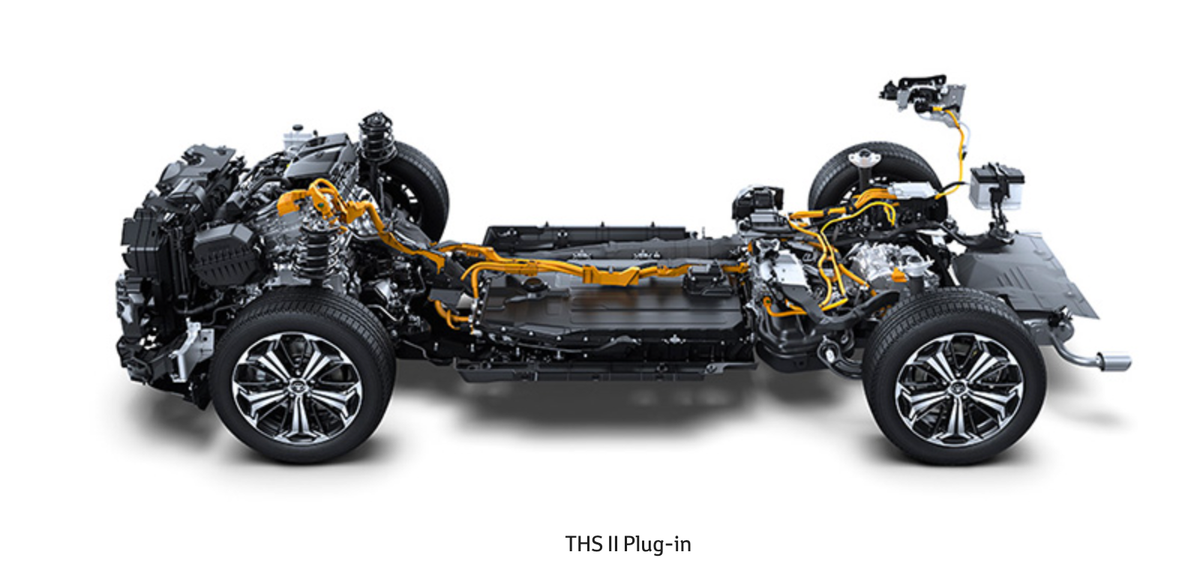
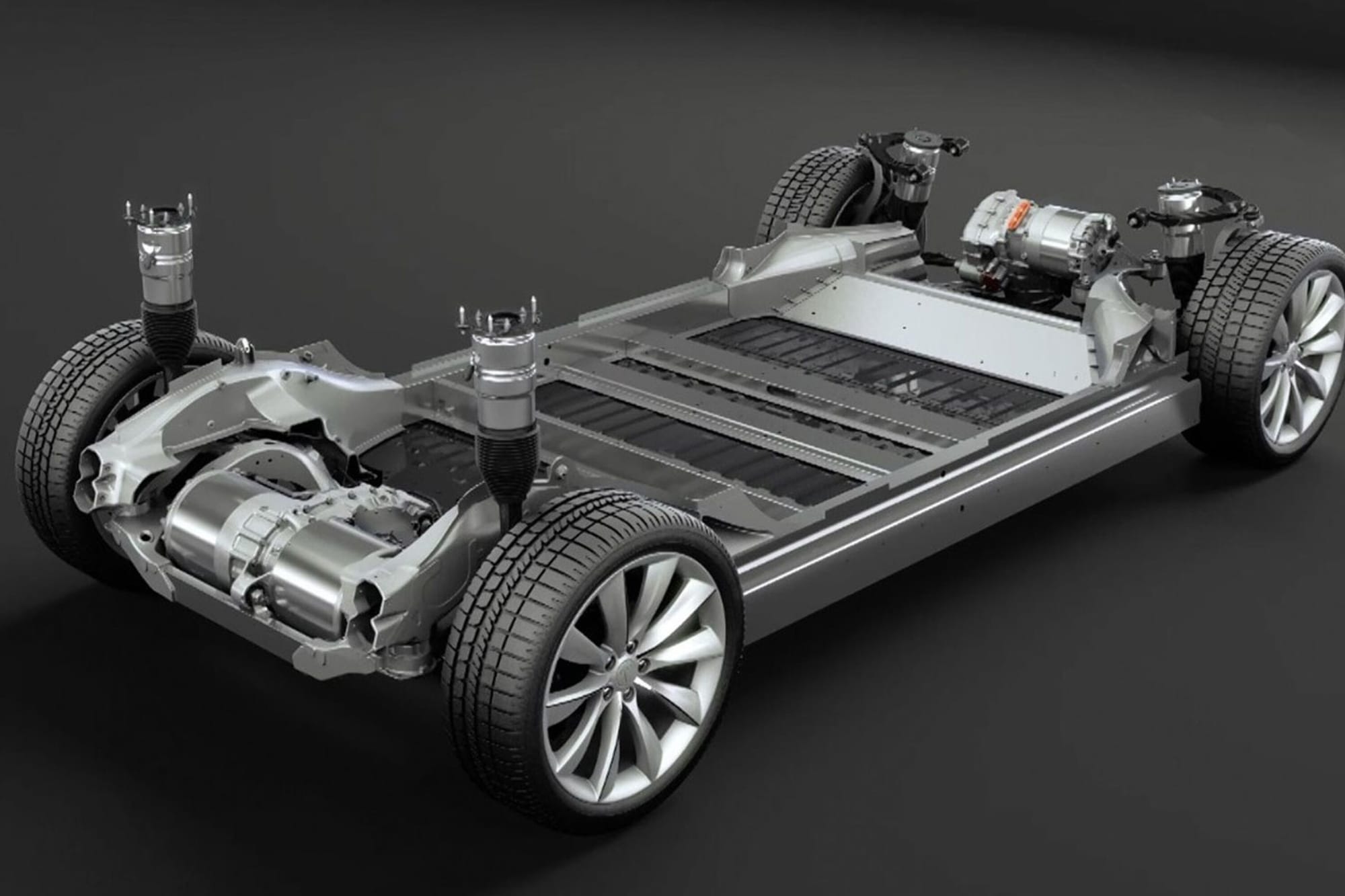

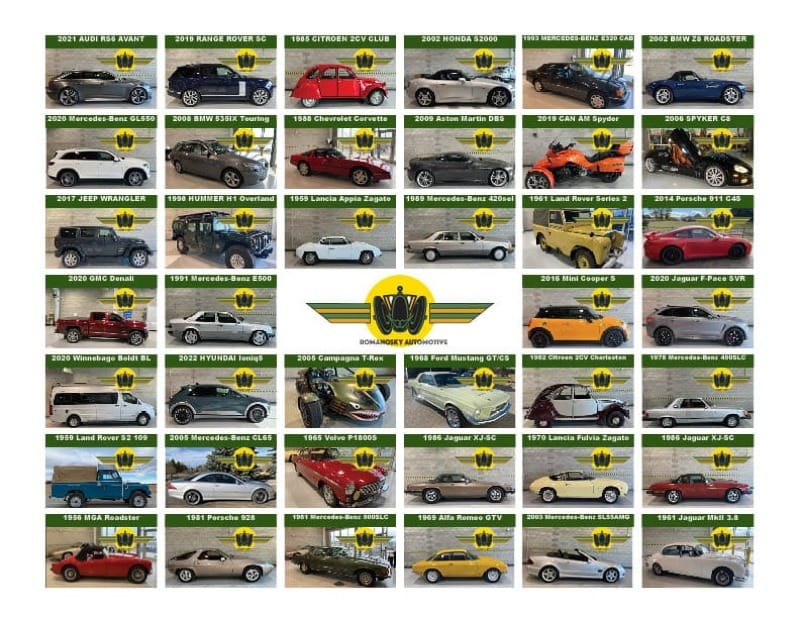





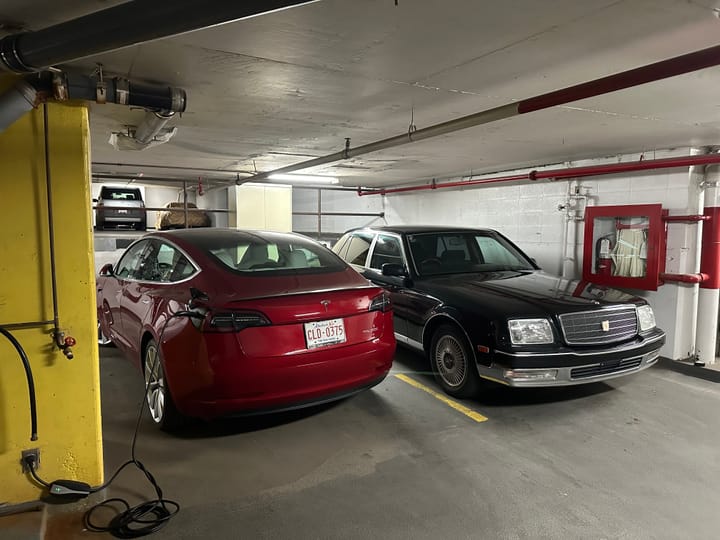
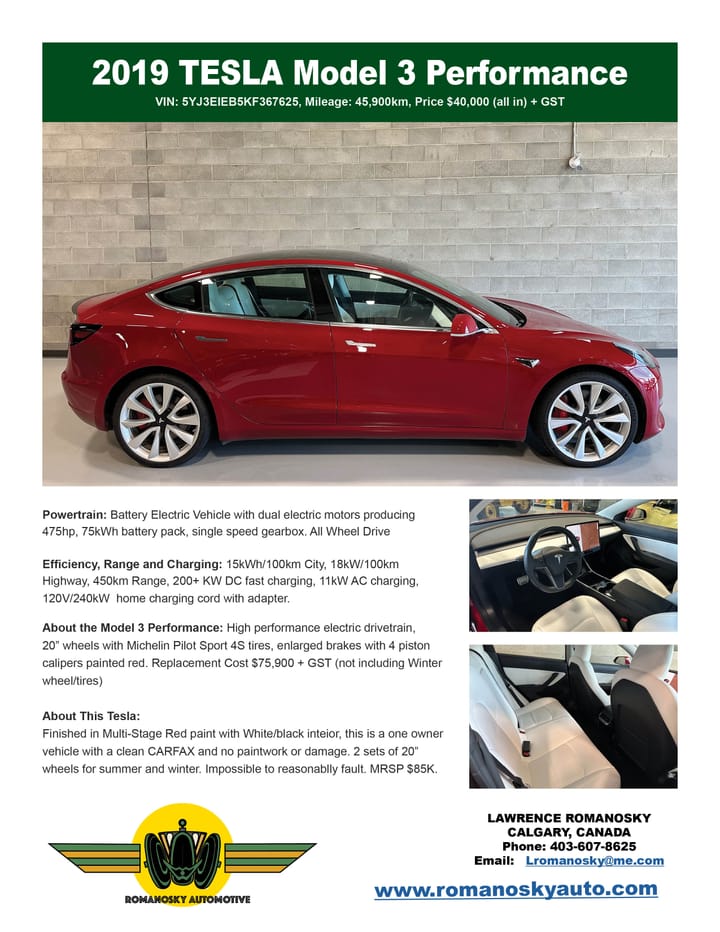
Comments ()